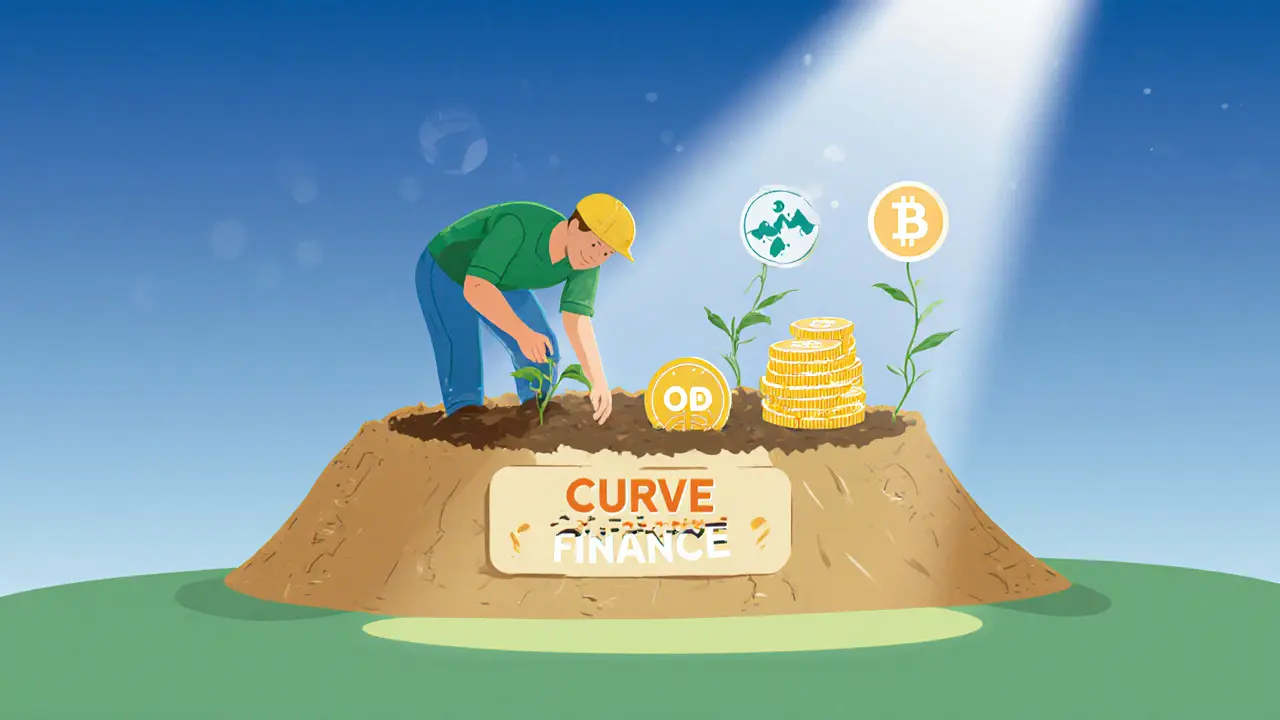Uniswap: What It Is, How It Works, and Why It Dominates Decentralized Trading
When you trade crypto without a middleman, you’re likely using a Uniswap, a decentralized exchange built on Ethereum that lets anyone swap tokens directly from their wallet. Also known as a DEX, it doesn’t hold your money or require sign-ups—just connect your wallet and trade. Unlike centralized exchanges like Binance or Coinbase, Uniswap runs on smart contracts. That means no company controls it, no one can freeze your funds, and no one can decide which tokens get listed. If a token has liquidity, you can trade it.
How does it actually work? Uniswap uses something called an Automated Market Maker, or AMM, a system that sets prices based on the ratio of tokens in a liquidity pool, not buy and sell orders. Liquidity pools are funded by users like you who deposit equal values of two tokens—say, ETH and USDC. In return, you earn a share of the trading fees. This is how Uniswap stays liquid without order books. It’s not perfect—slippage and impermanent loss can bite you—but it’s open, transparent, and always on.
Uniswap isn’t just a tool—it’s the backbone of DeFi. Most new tokens launch on Uniswap because it’s the easiest way to get trading started. That’s why you’ll see it mentioned in posts about PancakeSwap, a similar DEX on Binance Smart Chain, or Verse, a newer zero-fee DEX trying to challenge Uniswap’s dominance. Even when people talk about wrapped tokens like Wrapped Cardano, a version of ADA that works on Ethereum, they’re often using Uniswap to trade them. It’s the default platform for anyone moving crypto across DeFi apps.
But Uniswap isn’t for everyone. If you’re new, the gas fees on Ethereum can be brutal. That’s why some traders turn to alternatives like PancakeSwap or Verse, which run on cheaper chains. And if you’re chasing airdrops or obscure tokens, you’ll find plenty of risky bets on Uniswap—just like the ones we’ve seen with Zeddex, SMAK, or THN. Some are legit. Most aren’t. Knowing how Uniswap works helps you spot the difference.
Below, you’ll find real reviews and breakdowns of platforms that either compete with Uniswap, use its model, or try to fix its flaws. You’ll see how liquidity pools really perform, why some DEXs fail fast, and how to avoid scams disguised as DeFi opportunities. This isn’t theory—it’s what’s actually happening on-chain.
Best Liquidity Mining Opportunities in DeFi for 2025
Discover the best liquidity mining opportunities in DeFi for 2025, from safe stablecoin pools on Curve to high-yield strategies on Arbitrum. Learn where to earn passive income without risking your capital.
Details +